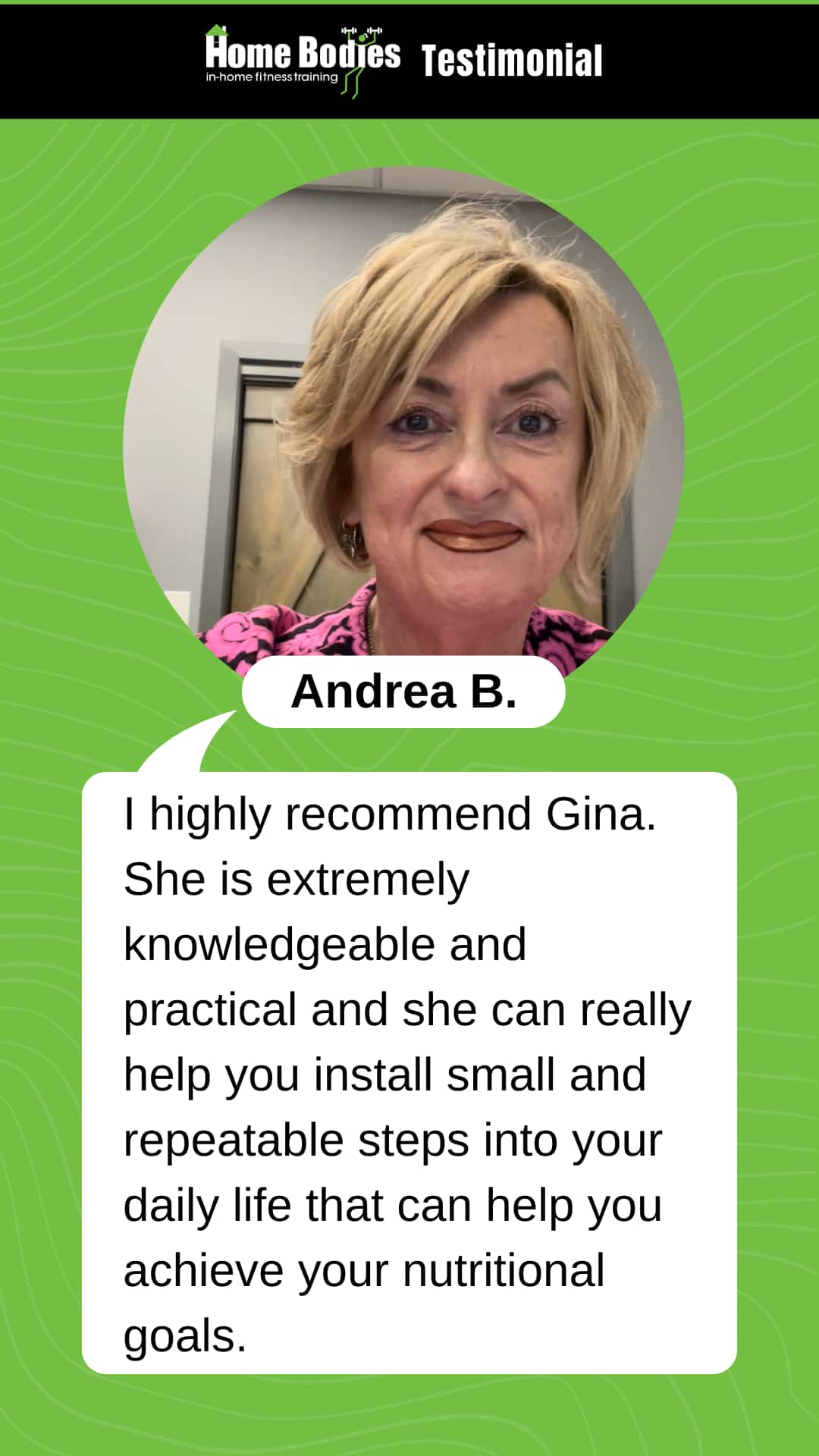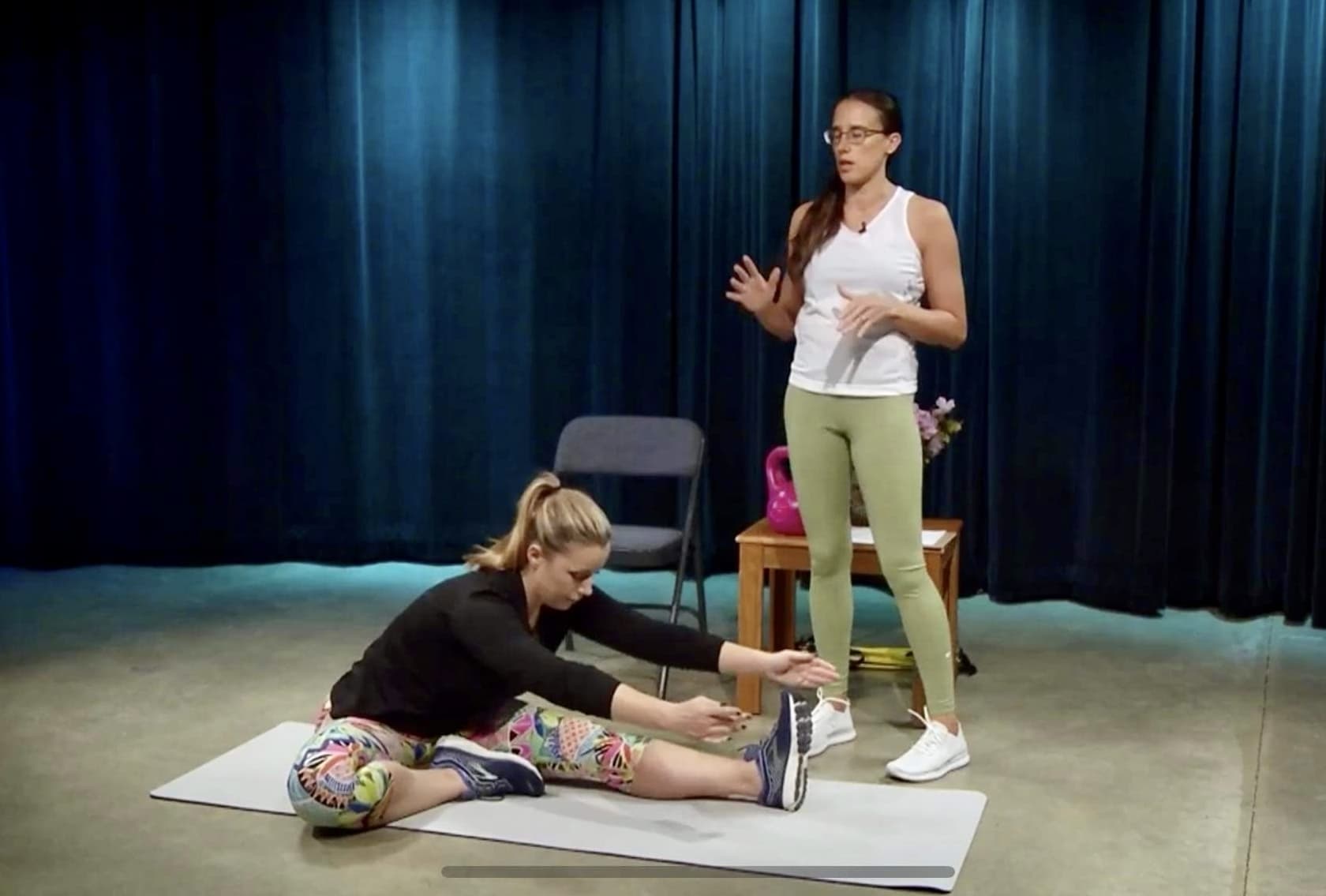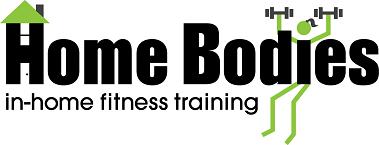Nutrition for Flexibility: 8 Tips to Getting More Bendy
A Nutritionist and Adult Gymnast teaches you how to maximize your nutrition to achieve your flexibility goals
Nutrition for flexibility have more to do with one another than you might think at first glance. Nutrition can greatly enhancer or hinder your flexibility efforts. Read on to learn the best ways to use nutrition to your advantage for flexibility!


Click here to see the Nutrition Services that Gina Paulhus offers.
Nutrition for Flexibility: Pre and Post Stretching Tips
1. Before-Stretching Tips
Thirty minutes to an hour before you stretch, consume some sort of vegetable - preferably leafy greens such as spinach. This sets up your muscles to open up better than they otherwise would. You may take it in the form of a smoothie if that is more convenient - just be sure you don't use added sugar in your smoothie!
 Tiffany limbers up after her strength training routine for dancers that Gina created for her.
Tiffany limbers up after her strength training routine for dancers that Gina created for her.2. After-Stretching Recommendations
Shortly after finishing your stretches, eat 1-2 servings of protein. This could be eggs, grilled chicken breast, quinoa or some tuna. Alternately, a protein shake or some almonds is acceptable.
Why does this work?
When we’re stretching, we are elongating muscle in a way that creates tiny micro-tears in our muscle tissue. Eating protein immediately after stretching provides the nutrients to repair the damage and reduces muscle soreness later. It also allows the muscles to remain elongated instead of shrinking back to where they were before you stretched due to the lack of nutrition.
Have 8-16 oz. of water after stretching to help your body flush waste product out of the body that was released while stretching.
There are also various supplements that can enhance your nutrition for flexibility.
Secret Weapons in Nutrition for Flexibility
3. Vitamins and Supplements Offer an Edge
There is much research that demonstrates that certain
vitamins help increase our flexibility. If you take Vitamin B and C in
combination, the benefit may be even more powerful.
Vitamin C is found in blueberries, strawberries and citrus fruits. Vitamin C helps the joints stay flexible. 500 mg. per day is the minimum to notice a benefit.
Disclosure: I only recommend products I would use myself and all opinions expressed here are our own. This post may contain affiliate links that at no additional cost to you, I may earn a small commission. Read full privacy policy here.
Vitamin B Complex contains several important vitamins, including vitamins B6, B12 and folic acid. Vitamin B complex offers several benefits for people with limited flexibility, particularly when joint and muscle stiffness is caused by arthritis. These vitamins work together to dilate arteries and veins, increasing blood flow to the muscles, ligaments and tendons. These vitamins reduce excessive swelling in muscle tissue. They also stimulate the production of myelin, a coating that protects nerve endings and reduces joint pain. A daily B complex supplement that contains at least 50mg of B vitamins is a great idea. If you suffer from gout, liver problems or hypertension you should avoid B complex supplements because these vitamins may aggravate these conditions.
Co-Q-10
This supplement works on the mitochondria, which is the energy center of the cell. It is particularly useful for athletes 30+ because those athletes' bodies naturally start producing less and less. When the muscle is out of energy, it seizes as a protective mechanism. This supplement can be a big help. 100-200mg per day is a typical dose, and it would need to be taken daily to be of benefit. This is one of the most powerful tips for nutrition to enhance flexibility, especially those who are 30+.
4. Digestive and Systemic Enzymes Can Be Your Best Friend
Digestive enzymes help your body break down food so that your body does not have to deal with undigested particles that can trigger inflammation, tightness and pain. When taken on an empty stomach, enzymes can help your body remove unwanted waste and toxins that are stored in your body causing stiffness and pain.
This systemic enzyme is to be taken on an empty stomach. 2-3 pills at a time 2-3 times per day can help reduce inflammation and excess fibrin in the body that cause cause restricted range of motion. Our body produces less and less of these enzymes as we age, which is why supplementing them helps.
Digestive enzymes are to be taken with meals. These help your body thoroughly digest your food so that undigested food particles do not settle into tissues where they don't belong. Again, as we age our body produces less and less of these. Also, if you eat many small meals all day long your stomach acid may not be able to keep up.
5. Hydration Nation
It is important to drink water, ideally 1-2 liters a day. Consider supplementing your water with mineral drops. Mineral drops supplement some electrolytes and minerals that can be missing from typical water, and when these substances are insufficient you will tend to have trouble with muscle stiffness and cramping.
It is also important to be aware of other things you’re drinking that may be dehydrating - beverages containing caffeine being a prime culprit. If you must consume a caffeinated beverage, green tea is the least harmful. If you continue to consume coffee, consider watering it down and matching a cup of water for each cup of coffee consumed.
Did you know that we offer in-home as well as video call Nutrition Coaching? Visit this page for more info, or schedule your FREE 15 Minute Consultation right now.
Extra Nutrition for Flexibility Tips
6. Reduce Processed and Packaged Foods
These substances are stressful for the body and cause the body to tighten up as it tries to process the 'Franken food.' You will notice that if you go away on vacation and eat out a lot, or eat a lot of 'snack' foods you will lose a lot of flexibility very quickly. Minimize these foods.
7. Appropriate Alcohol Use
Contrary to popular opinion, alcohol enjoyed in moderation can actually help flexibility, particularly if some of your tightness is due to underlying 'stress' or anxiety that causes you to tense. Some people will find they become more flexible if they have a drink or two here and there (do NOT try this before a workout!!). However, be very careful because some people experience a tightness 'rebound' after the alcohol wears off. Anecdotally, a few times when I had some back muscle tightness a drink actually took it away and released it for me. Of course, this is due to my general healthy lifestyle, diet and exercise routine that allowed me to cash in on the work I do in general. But one to two drinks max, and do not use this technique every day!
8. Be Mindful of Food Allergies and Sensitivities
Some people are sensitive to various nuts, dairy, corn, and/or wheat gluten, among other substances. Even if you don't have a full blown allergic response, if you are ingesting things that inflame your system, your muscles and joints will pay the price. Take note of which foods cause you to feel less than your best, and consider eliminating them for a time to see if your struggles improve. Be sure to consult a nutritionist if you are eliminating staple foods from your diet.
Please keep these tips in mind when thinking about your nutrition for flexibility! And if you have additional ideas or tips, please share them below!
Book a visit with me for more personalized help.
 Competing at the AAU Winter Nationals Ladies Division!
Competing at the AAU Winter Nationals Ladies Division!My name is Gina Paulhus and I am a Certified Personal Trainer as well as a Certified Nutritionist! I also competed in adult gymnastics for over 10 years! Visit the links for more info. You can also book a Free 15 Minute Discovery Call to chat with me about your goals and ask if I can help. Getting an expert on your side is a wonderful investment in yourself to ensure that all of your hard work yields the best results possible in terms of gaining more flexibility.


New! We Now Offer a 6 Week Nutrition Reset Online Program.
This program exists so that you can learn to manage your food intake with ease and make it work for you in any environment, including family dining and eating out. Wouldn't it be nice to feel in control for a change?
Yes! I want to Learn How to Reset My Nutrition.
- By enrolling in this Nutrition Reset, you’ll leave fad dieters in the dust as you learn to comfortably master your food intake to the point where it's a non-issue in your life.
- Exercise alone is overrated for weight loss. Do something that will actually move that needle. Start now.



